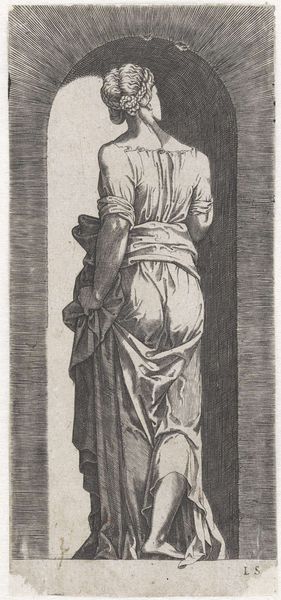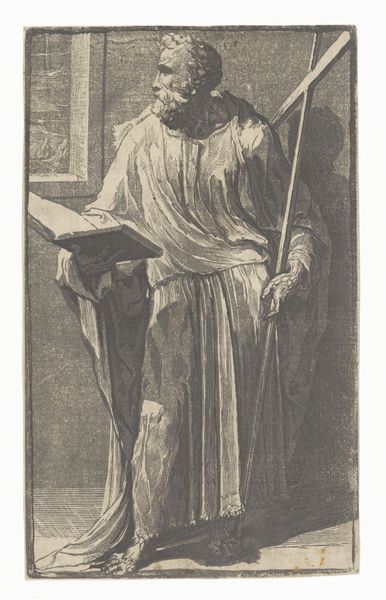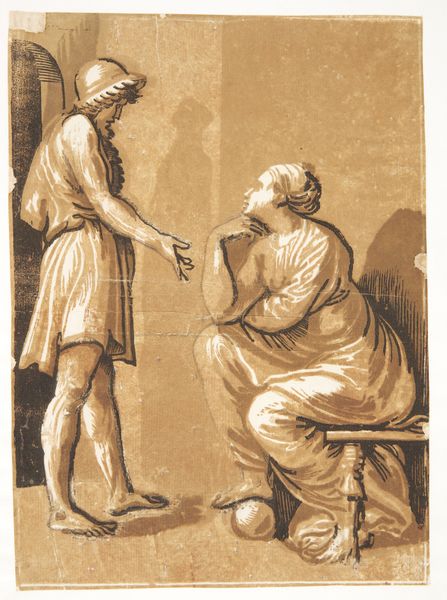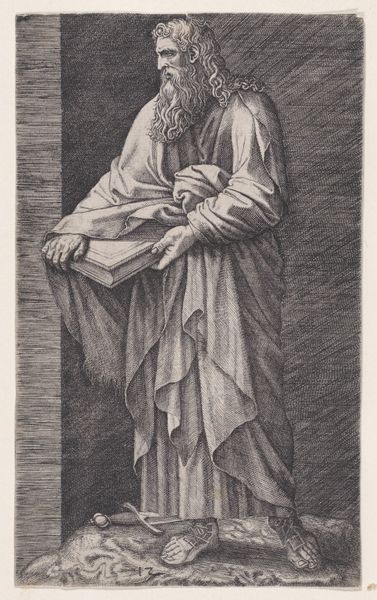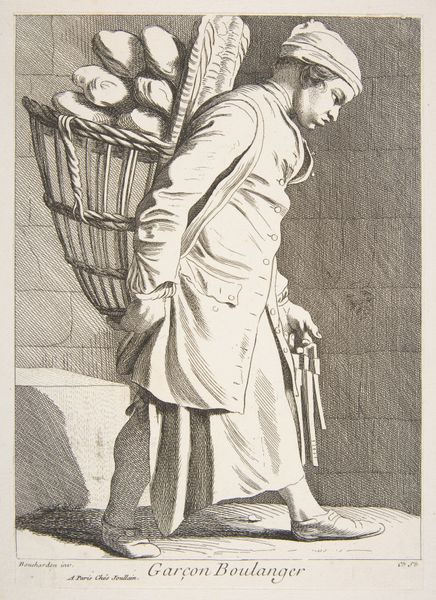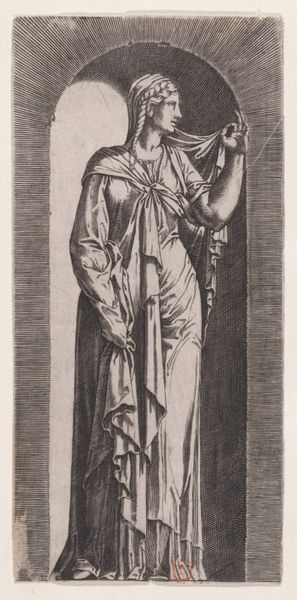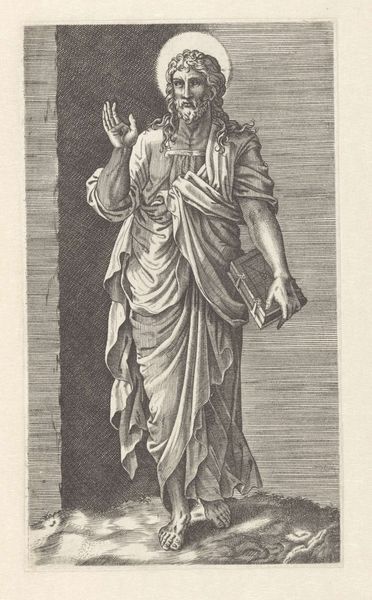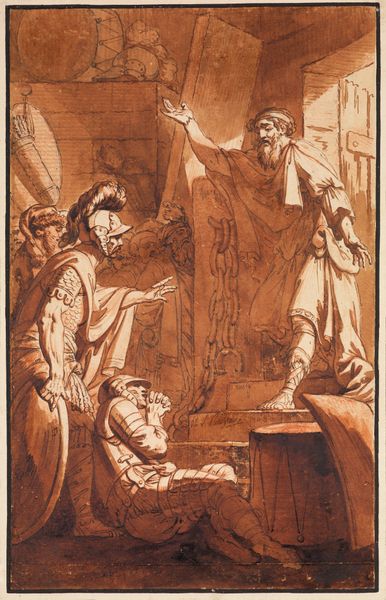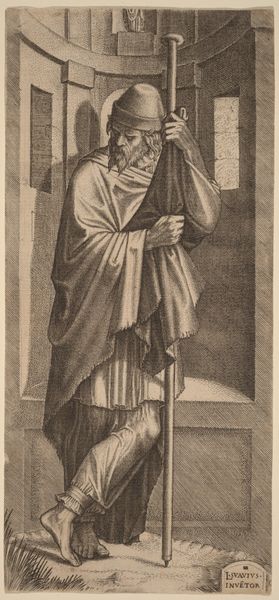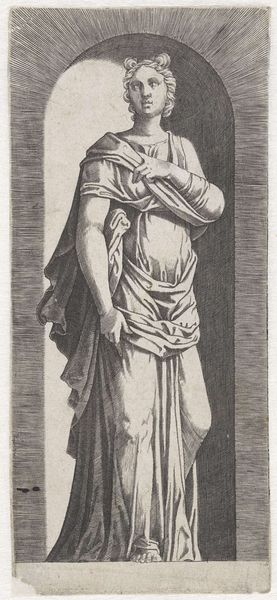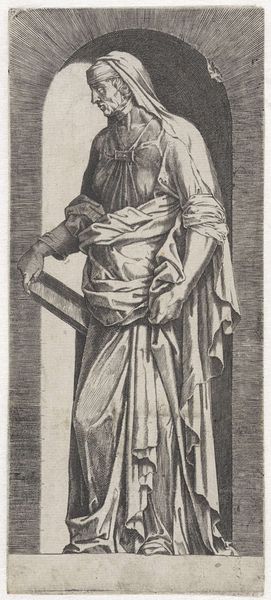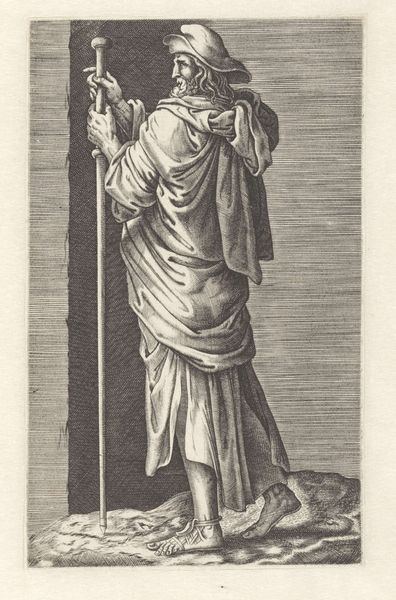
print, etching
#
portrait
#
narrative-art
# print
#
etching
#
caricature
#
figuration
#
history-painting
#
realism
Copyright: National Gallery of Art: CC0 1.0
Benton Spruance made this print, "Judith", using lithography, a demanding printmaking process. Lithography involves drawing with grease on a stone or metal plate, then treating it so that ink adheres only to the greasy areas. The result is a mirror image of the original drawing, giving the print a unique texture and depth. Look closely, and you'll notice the tonal range, from deep blacks to soft grays. This is achieved through careful manipulation of the greasy drawing material, controlling the amount of ink that the stone retains. But lithography is more than just a technique; it's a medium with a rich history, closely tied to the development of mass media. From newspapers to posters, lithography played a crucial role in disseminating images and ideas. Spruance's choice of this medium speaks to the social context of his time. As a printmaker, he engaged with a democratic art form, one that made art accessible to a wider audience. The labor-intensive process of lithography also adds a layer of meaning, reminding us of the human effort behind every image we consume. By understanding the materials, making, and context, we can appreciate the full meaning of Spruance's powerful work.
Comments
No comments
Be the first to comment and join the conversation on the ultimate creative platform.
